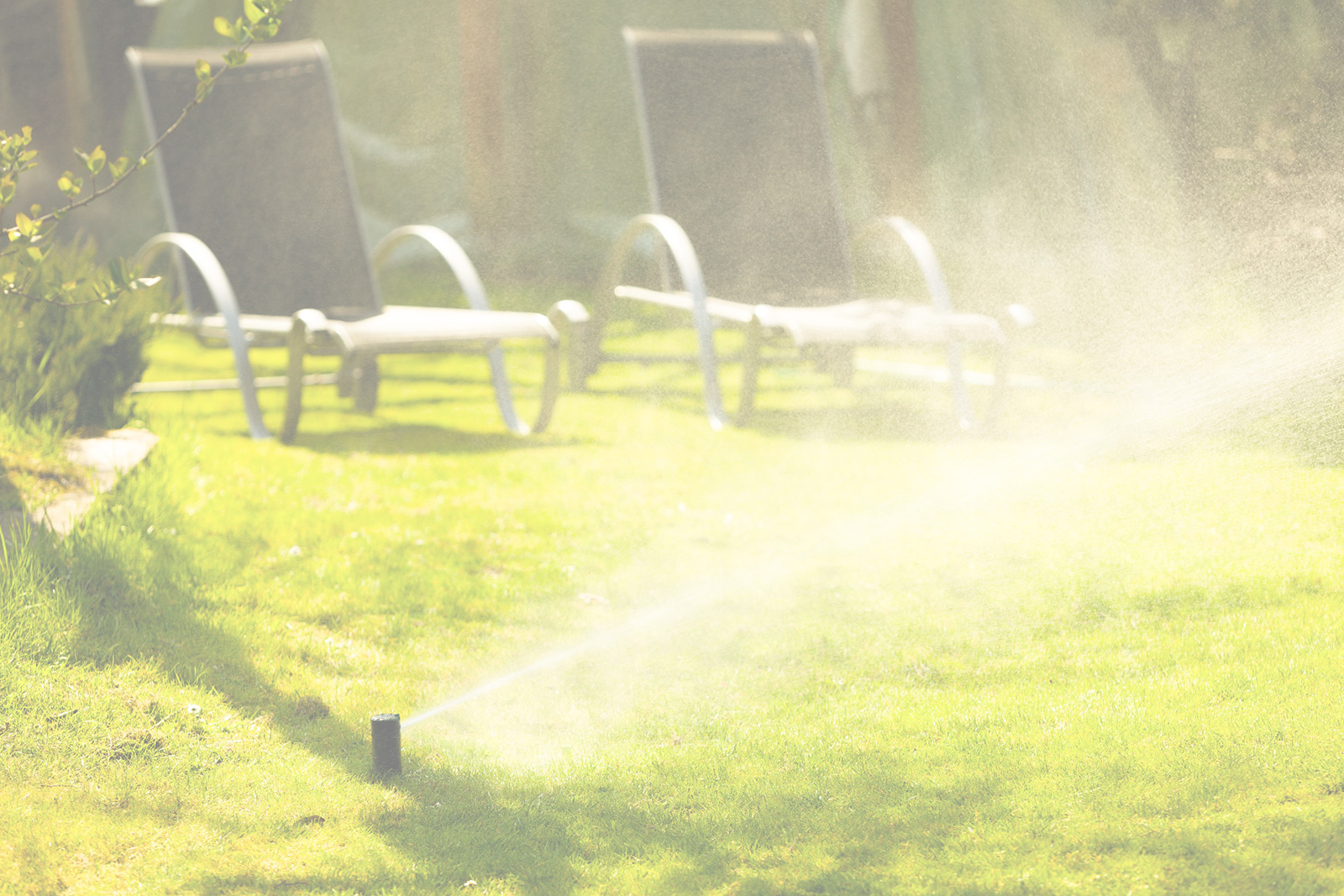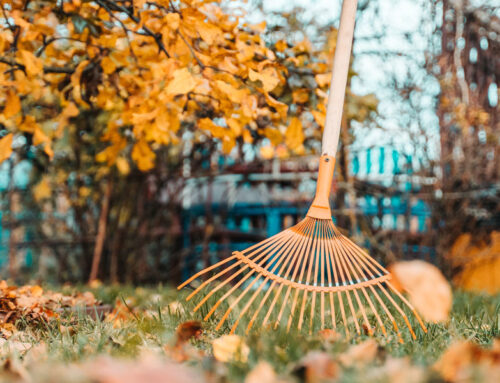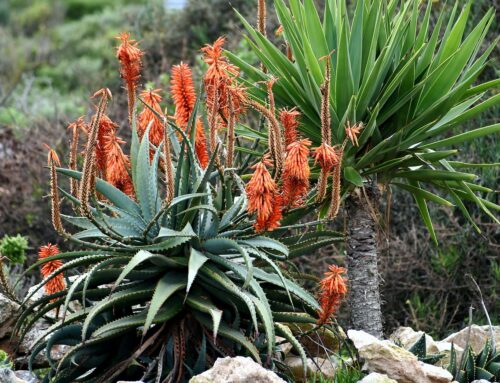One of the greatest challenges homeowners face in maintaining a healthy lawn is knowing how much water the grass needs. Lawns that don’t receive enough water quickly become dry and individual blades of grass begin to die. Learning that brown or dead grass happens due to insufficient water is lawn care 101.
Giving the lawn too much water can also cause problems. As a result, the soil floods and cannot properly absorb the water to provide nutrients to the grass. Homeowners should use the methods described below to determine how long to water their lawn and avoid such issues.
Determine Appropriate Water Output for a Healthy Lawn
Here are some simple methods homeowners can use to let them know if they have given the lawn enough water.
- The first watering of the season will provide clues for how to water the lawn throughout other seasons. After watering, homeowners should use a screwdriver to determine how deep into the soil the water has penetrated. They should repeat this step every 15 minutes until the screwdriver reaches a depth of six inches. Starting a timer after the initial watering and letting it run until water depth reaches half a foot. This process tells homeowners how long they need to continuously water the lawn in the future.
- Place several used but clean tuna cans in various places across the lawn and then turn on the sprinkler and timer. Turn the sprinkler and the timer off once each tuna can has collected between 1.0 and 1.5 ounces of water. The homeowner should divide the number of tuna cans by the time elapsed on the timer to find an average time it takes for all cans to fill with water.
- Homeowners who have sprinkler systems can find how long to water their lawn by multiplying the square footage of the yard by 0.62 gallons. This figure represents one inch of water for every square foot of lawn. The sum of this calculation divided by the sprinkler flow rate provided by the manufacturer indicates how long homeowners should run the sprinkler system.
The lawn needs watering if it has a gray, faded appearance. Another indicator is if footstep imprints remain in the grass after someone walks across it. Both of these problems indicate the lawn isn’t receiving enough moisture and cannot recover when subjected to stress.
Best Time of Day to Water the Lawn
Mornings before 10 a.m. but after sunrise is an ideal time to water a healthy lawn because the temperature is cooler and winds are calmer. These conditions enable roots of the grass to absorb water before the day gets warmer and heat forces the water to evaporate.
For people who are away at work during these hours, the early evening timeframe of 4:00 to 6:00 p.m. can work just as well. Choosing a time at least a few hours before sunset allows the grass blades to finish drying before nightfall. Watering too close to sunset increases the risk of lawn diseases because the grass cannot fully absorb the water once the sun goes down.
Tips for Watering New Lawns
Whether homeowners plant seed, lay down sod, or use another method to develop a lawn, it will need irrigation in addition to rainwater to grow properly during the first year. A newly seeded lawn requires keeping the soil’s top inch consistently damp but oversaturated with water. Spraying the seeded areas of lawn one or two times a day during the first year can improve its long-term health as well.
After the grass seeds begin to germinate, homeowners should increase the consistent dampness to the top two inches of soil. This practice can continue until the new, healthy lawn grass reaches a height of three inches, at which point the homeowner can reduce watering to twice a week. The soil should soak to a depth of six to eight inches once the reduced watering takes effect.
Cool-Season and Warm-Season Types of Grass
Fine fescue, tall fescue, perennial ryegrass, and Kentucky bluegrass are the most common types of cool-season grasses. Of these, tall fescue can withstand drought conditions the best due to its deep root system. While others will stop growing during cold weather and low moisture, they will return once weather conditions change.
St. Augustine, Bermuda, centipede, and Zoysia represent common warm-season grass types. These grasses require less water than cool-season grasses, but the watering schedule depends on the climate. Areas of the country with high heat and winds, drought conditions, and low humidity require more water.
Soil conditions make a difference as well. Sandy soils drain quickly and requires more frequent watering while clay soil holds more water and requires less watering. After deciding when and how often to water the lawn, homeowners still must choose a watering system.







